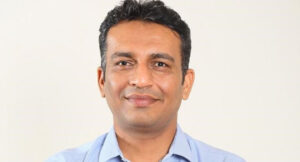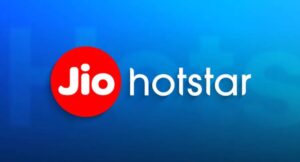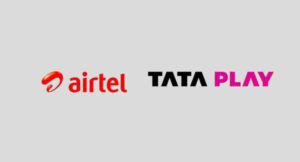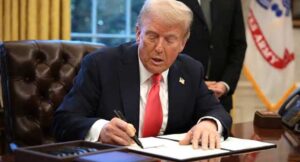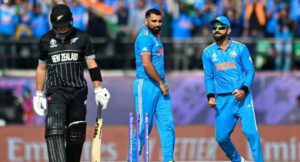India’s booming short-form video market is just about getting started, with demand for engaging local content and uptake in smaller locations fuelling growth, Manohar Singh Charan, Chief Financial Officer of homegrown social media platforms ShareChat and Moj said.
Differentiated services with regional relevance are driving sustained business momentum and yielding new opportunities for brands to connect with audiences, he added.
In an interview with PTI, Charan said the company is on the brink of being EBITDA (earnings before interest, taxes, depreciation and amortisation) positive at a consolidated level. Mohalla Tech is the parent entity of the social media app ShareChat and the short video app Moj.
He said hiring will be “cautious”, geared to selective and specialised roles as the company gets into the profitability zone.
The Google-backed company is also looking to rope in a few more marquee investors before it goes for an IPO in a 24-month timeframe.
Charan said the company, in FY24, made “great progress” on revenue and cost optimisation, with the top line growing at 33 per cent and losses down to one-third. The momentum continues in FY25.
ShareChat, he said, has been profitable at the EBITDA level on a standalone basis for the last few months, and further losses – and at a consolidated level – are expected to be down to one-third once again in FY25.
An IPO is still some time away – a 24-month timeframe is what the company estimates, as it goes about prioritising the path to profitability. The last round of capital raise was a debt round, but other than that, most rounds have been equity funding.
“We are on the brink of profitability, and we are very well capitalised, all thanks to the round that we raised in 2024. So, per se, we don’t need capital to continue to extend our runway. As we start getting closer to the IPO, we will look to rope in a few more great investors. We already have a handful of really good investors on our cap table.
“There would be cap table rationalisation. You will try and get in people who enter cap tables just before IPO and stay beyond IPO. So, at the right time, we would look to add a few more names before we go public,” he said.
On the growth of short-form video and broad market trends, he said, India is “just getting started”.
“We are on this upward trajectory today. Our internet penetration is more than 60 per cent of our population today. We have 650 million internet users with a 1.4 billion population,” he said, citing estimates that India’s internet user base would swell to one billion by 2030.
“So, you’re looking at a further 50 per cent expansion in the sheer number of people connected on the internet. Indian audiences that are getting connected to the internet today are straight-away landing onto social media and landing onto short-form video as the predominant format of social media.”
The Indian economy, among the fastest growing large economies globally, will fuel per capita incomes and given the rise of short videos as the predominant form of content consumption, it will likely also nudge brands into infusing more money into the social media economy, which is increasingly influencing purchase decisions.
“As our economy continues to grow, we continue to be one of the fastest growing large economies, the discretionary income of the audiences that are on the internet is going to increase significantly.
“Superimpose that with short videos becoming a predominant form of content consumption…in forming an opinion about things, in purchase decisions, relying on a regional language content…we would see that brands are going to start shifting their focus and efforts more and more on vernacular language platforms, and on micro-influencers to carry their brand stories to the length and breadth of the country,” Charan said.
The brand engagement in the social media economy is going to increase multifold in coming years, he noted.
“So, I would say we’re getting started, and we are very optimistic about what the future has to bring for us,” Charan added. PTI
